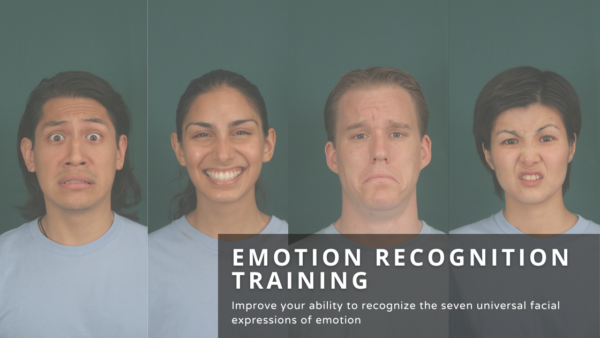It may be easy to live your entire life without giving your eyebrows a second thought, but in reality, they’re an incredibly important social communication tool.
As reported in the Independent, “Your eyebrows reflect your inner mental and emotional landscape with amazing speed and specificity. They are involved not just in emotional expression, but also in emotion perception in social situations”.
Turns out researchers have been studying facial hair (including eyebrows) and the role they play in emotion expression. Read on to learn more about what the research says.
Why Do We Have Eyebrows?
Eyebrows are a big part of our appearance and are one of the most distinct features of your whole face.
One of the most important roles eyebrows play is to protect your eyes from moisture such as rain or sweat. The shape of your brows themselves, along with the hair help force water away from your eyes so you can still see.
While protecting our eyes may have been their original purpose, eyebrows found themselves playing a secondary role somewhere along the line: conveying emotion.
What Are Eyebrows For?
Eyebrows are one of the most expressive features of your face and helps you communicate all kinds of messages non-verbally.
Different eyebrow positions convey different emotions like happiness, surprise or anger.
According to Discover Magazine, “A 2018 study published in Nature Ecology & Evolution investigated why early hominins’ brow ridges were so much larger and more rigid than modern humans’ ridges. They found that having more mobile eyebrows likely helped our ancestors to form relationships and ensure survival in groups. Eyebrow hair, the researchers say, simply increased the visibility of this form of communication.”
Fascinatingly, our eyebrows may be involved not just in emotional expression but in emotion perception.
Research has shown that along with the rest of your face and body, your eyebrows may spontaneously mimic the people you interact with in social situations.
Why Dogs Have Eyebrows but Wolves Don’t
 Interestingly, using our eyebrows to communicate emotion does not seem to be a uniquely human trait.
Interestingly, using our eyebrows to communicate emotion does not seem to be a uniquely human trait.
Dogs were domesticated from wolves over 33,000 years ago and, during that time, selection processes have shaped both their anatomy and behavior.
Eyebrow movement plays a major role in human communication and dogs have a muscle in the eyebrow region that gray wolves don’t.
The fact that dogs can lift their eyebrows to communicate with humans is probably one reason many think of our dogs as children.
Eyebrows give dogs a wider range of human-like facial expressions we can identify with and they play a vital role in how dogs became “man’s best friend.”
Evolutionary psychologists believe that centuries of domestication “transformed the facial muscle anatomy of dogs specifically for facial communication with humans,” write the authors of a 2019 study published in PNAS.
For more on how dogs are born ready to read body language and are capable of communicating and interacting with humans at a very young age read our past blog post:
What About Beards?
 In his Descent of Man, Charles Darwin suggested a reason for why we grow beards.
In his Descent of Man, Charles Darwin suggested a reason for why we grow beards.
He suggested that beards were an example of sexual selection and may have evolved “to charm or excite the opposite sex” — while also intimidating the competition.
Researchers tend to think the same, for example, of lion’s manes, which may signal to other lions that the mane-bearer is in good health and a formidable opponent.
An interesting 2019 study published in Psychological Science suggests Darwin’s hypothesis is possible.
The researchers investigated whether beards enhance recognition of threatening expressions, such as anger.
The results of their study suggested that found that, “the presence of a beard increased the speed and accuracy with which participants recognized displays of anger but not happiness”.
Bonus fact: If a man never shaves his beard it can grow up to 30 feet long during his lifetime.
